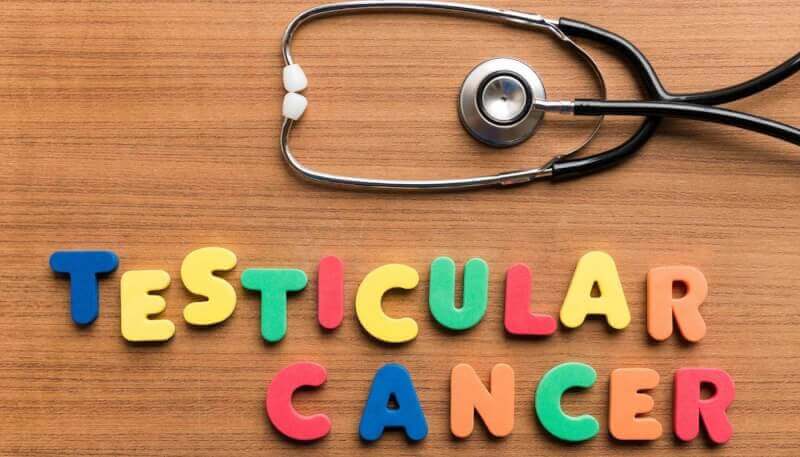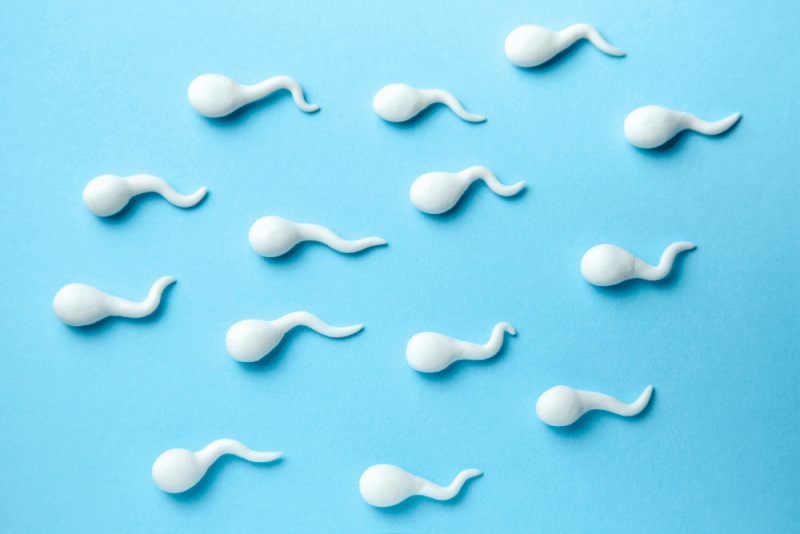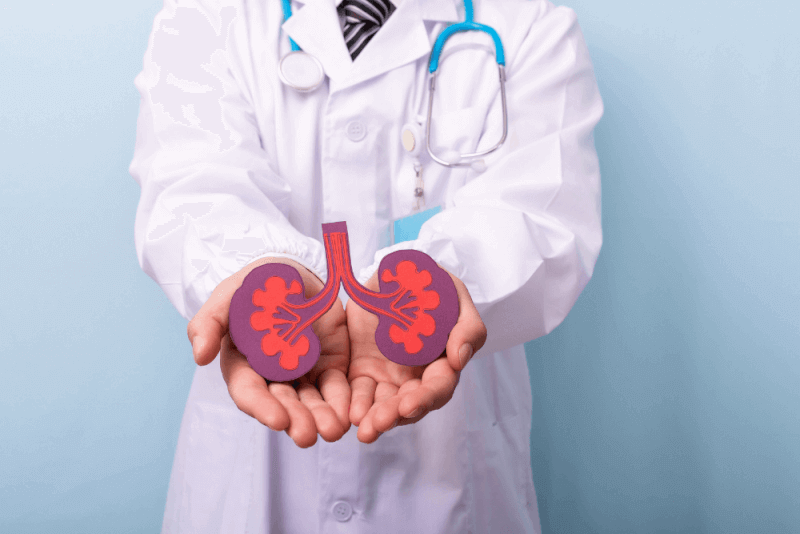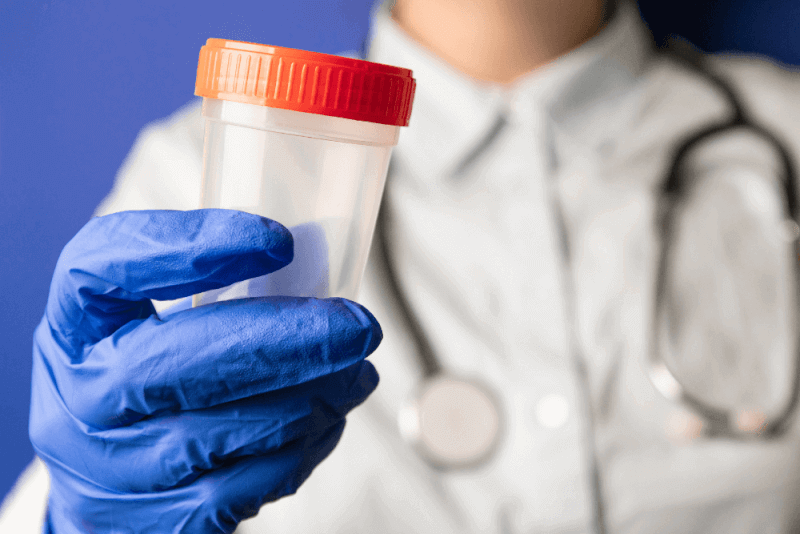What is Testicular Cancer?
The main function of the testicles is to produce semen and male hormones for reproduction. This type of cancer can occur in almost one percent of men. In men under 35 years of age, it is one of the most common types of cancer. For a man with testicular cancer, it is important to check whether this type of cancer has been found in his family before. If there is a family history of this type of cancer, men in this family should be tested at regular intervals every year. Usually people with testicular cancer can be treated with chemotherapy. After treatment, the prognosis for this disease is very high. Cancer is caused by cells called germ cells.
Types of Testicular Cancer
Most testicular cancer occurs in the germ cells, which are used to produce sperm. There are two types of testicular cancer. The first type of testicular cancer is seminoma tumors. This type usually shows a slower progression of testicular cancer. This type usually occurs in men between the ages of 20 and 50. The other type, non-seminoma tumors, spread more rapidly. And this type of tumor is most likely to occur in adolescent boys up to 30-year-old men.
Symptoms of Testicular Cancer
Among the symptoms of testicular cancer, first of all, it is very important whether there is someone in the family of the person who has this cancer. Symptoms include masses in the testicles without any pain. Any testicular hardening should also be considered among the symptoms and a doctor should be consulted. Symptoms of testicular cancer often include enlarged breasts and pain. This is accompanied by pain such as back pain and neck pain. Some people also experience symptoms such as uncontrolled weight loss and weakness. In some individuals, fluid accumulation in the testicle is also among the symptoms of testicular cancer. At the same time, testicles of different sizes are also one of the symptoms that should be consulted to a doctor. Individuals who feel any discomfort in the testicular area can count it as a sign of testicular cancer and should consult a doctor. Some people experience back pain and shortness of breath as symptoms of testicular cancer. People with these symptoms should consult a specialist doctor for early diagnosis.
Risk factors for testicular cancer
People who have a high rate of this type of cancer are usually people who have experienced what we call undescended testicles. At the same time, people who have had testicular cancer in their family before are very likely to develop this cancer. Therefore, if the family has such a history, certain tests should be done every year. People with some genetic diseases in their family are among the risk groups. These people are often triggered by testicular cancer due to genetic diseases. This disease, which is usually seen in 40-year-old men, is also seen in men between the ages of 50 and 60. Therefore, people at this age should have routine check-ups with certain tests. If people spontaneously notice symptoms of testicular cancer, they should consult a doctor. Because early diagnosis contributes to a faster treatment of the disease.
Testicular cancer diagnosis methods
Some methods are used to detect testicular cancer and to make a definitive diagnosis. Among these methods, first of all, scrotal ultrasound is used to determine whether the tumor in the facility came from another organ or whether it was formed here. The blood test is also performed after the individual shows signs of testicular cancer. Computed tomography is also used to monitor whether the tumor has spread to surrounding organs.
Stages of testicular cancer
Testicular cancer is generally divided into three stages. In the first stage of cancer, symptoms are milder and the cancer is only found in the testicle. 2. In the so-called stage, the cancer begins to progress slowly and even continues to spread to the lymph nodes in the abdomen. In the 3rd and final stage, it continues to spread more rapidly and progresses from the abdomen to the lungs.
Treatment methods for testicular cancer
Many surgical methods and different methods are used in the treatment of testicular cancer. The first of these methods is surgical intervention in cases where the cancer is advanced or is applied in people where the risk is very high. Chemotherapy is also used for treatment. If cancer cells have spread outside the testicle, it is treated with chemotherapy. In some cases, it is applied as an additional treatment after surgery. Radiation therapy is used to support other treatment methods.
Testicle Surgery
Generally, patients with a definitive diagnosis in the early stages undergo surgery to remove the cancerous testicles. If the cancer has not spread to any organ other than the testicles, the surgery is performed by removing only the testicles and a very successful surgery is performed. However, if only one testicle is removed, the patient usually does not experience any unexpected complications. Although people think that removing a single testicle will cause infertility in that person, this is not the case. However, removal of both testicles can lead to infertility. It may also be necessary to remove the lymph nodes to treat the cancerous cells. In this case, an incision is made in the abdomen to remove the lymph nodes. After these surgeries, chemotherapy and radiotherapy procedures are also applied as adjuvant treatment. It should not be forgotten that these adjunctive treatments may reduce the patient’s fertility rate. However, in early diagnosed testicular cancers, intervention is absolutely necessary to prevent the cancer from spreading to other organs. Therefore, it is necessary to follow the doctor’s recommendations and follow the treatment without interruption.










